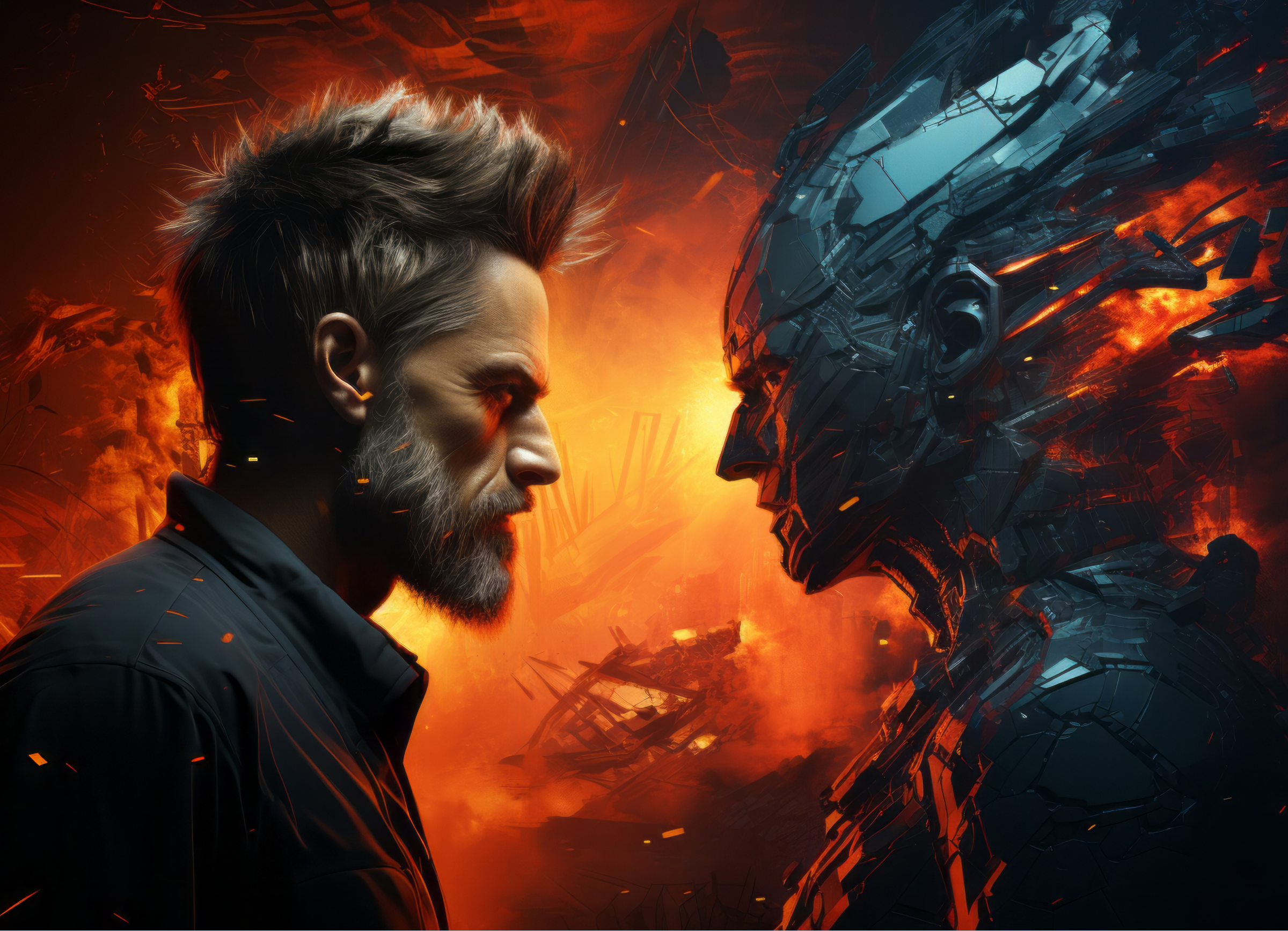
The finance and business sectors are considered to have faced one of the highest levels of disruption due to technological advancements. For many years, business processes and structures have been brought down and built afresh with the introduction of various new technological services. The most recent of these services has been the Blockchain technology, an invention that brought about new methods of operations for business processes such as banking and contraction, not to mention the introduction of cryptocurrency.
The increased adaptation of technological tools and methods to businesses eventually resulted in the emergence of a new method of conducting business with the help of computerized systems and other technologies, termed FinTech. It is a new method of thinking about and conducting business, which is in close competition with the traditional methods of business.
The introduction of Blockchain has especially been pivotal in the business sector. With a new computerized distributed ledger in place, many industries are unlocking the potential of its application into their business processes. As a technology, Blockchain offers organizations a different view towards business operations. Granted, the rate of adoption has been affected to a great extent by the steep learning curve and operational difficulties associated with it.
Smart Contraction in FinTech
Smart contraction is a form of Blockchain application which offers a more robust method of handling contracts within a business environment. It utilizes Blockchain to provide organizations with cost-effective, highly secure, and highly efficient means of drawing up contracts. The benefits of smart contraction continue to proliferate by the day, and some of them, just like the uses of Blockchain, are yet to be discovered.
The Immutability of Smart Contracts
A prominent feature of the Blockchain technology is the high level of immutability which it offers. The writing and approval of a smart contract involves the approval of each individual with administrative rights over the Blockchain under which the contract is drawn. Similarly, any changes made to the contract is a collaborative effort, which leaves little room for discrepancies and grey areas which may result in business operation discourse.
A lack of flexibility in business processes may be viewed as disadvantageous to some, but it enhances contraction by ensuring that each party plays their role in time and as efficiently as they should. It provides a standard of operations, and provides a high level of accountability for each contract participant.
For FinTech startups, smart contract immutability can enable them to evade erroneous dealings, especially with suppliers and investors. It promotes the fostering of best practices when dealing with external and internal stakeholders, and provides a more concrete form of documentation.
Smart Contract Accuracy
A core element of every smart contract that is written is the level of accuracy required to run them. As self-executing contracts, they require an explicit definition of each term of contraction, which enhances the accuracy and clarity of contracts immensely. An accurate definition ensures the interests of each party involved is covered, while also enhancing the efficiency of how the contract operates.
Clarity in Communication
Drawing up smart contracts fosters high clarity when it comes to communication. Due to the concrete nature of a smart contract, each party must define their issues explicitly as there is no room to leave gaps. As such, a better understanding of needs is achieved, along with the appropriate communication and classification of those needs within the contract.
Secure Contraction
Since smart contracts run on Blockchain technology, there are high levels of security associated with the operations and transactions carried out through it. For smart contracts, the high levels of encryption within the Blockchain that it operates provides one of the strongest security mechanisms on the internet today. These security levels can ensure that confidence between involved parties is upheld.
Storage, Backup, and Retrieval
Because smart contracts operate within Blockchain, they implement the same techniques of storage as any other business conducted over Blockchain. The distributed ledger mechanism ensures that storage costs are reduced immensely. This advantage may not be realized early into the adaptation of Blockchain, but as FinTech startups grow, so does the amount of documentation. Distributing this data securely within the organization’s Blockchain network ensures that they are stored safely and can be retrieved appropriately.
Simplifying the Complex
Smart contracts have enabled business enterprises to simplify the process of contraction to a great extent. It offers automation of many of the processes involved in contraction, and helps even those with little understanding of the process to be more akin to the entire procedure.
Thanks to the highly developed infrastructure of smart contracts, FinTech businesses can also evade the high costs of legal fees involved with contraction. Similarly, the computerization of contracts enables businesses to eliminate the need for third-party involvement, for instance, the need for brokered services.
The Adoption of Smart Contracts
So far, the use of smart contracts and Blockchain technology in the conduction of business processes has helped organizations to realize numerous benefits unknown to them before. However, the adoption of smart contracts as standard technique continues to be deterred thanks to various factors. The technology, though simplified in operation, is a complex structure to set up and learn. Furthermore, the lack of legal involvement may also discourage some from taking up smart contracts within their working environments.
Regardless of these limitations, smart contracts continue to thrive. The scope to which they can be used remains untapped as well, and its utilization is sure to grow in the future of businesses.


